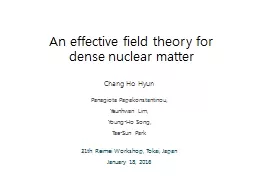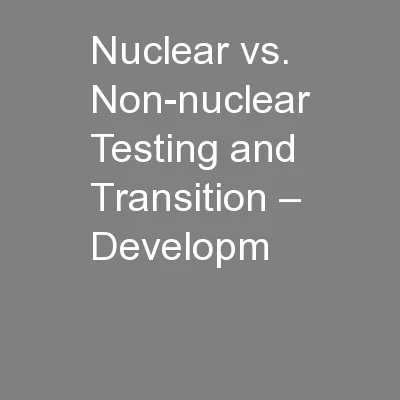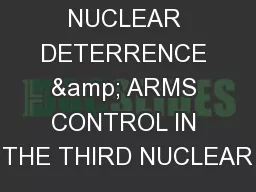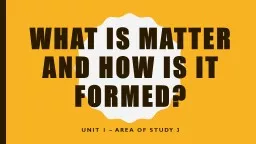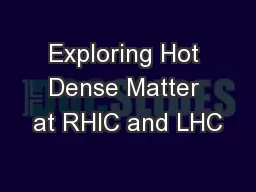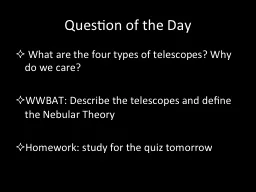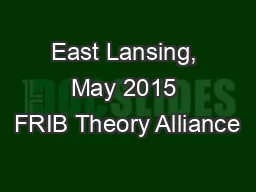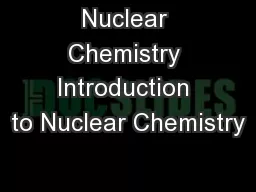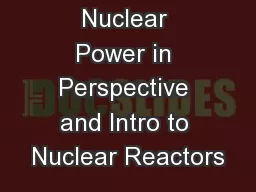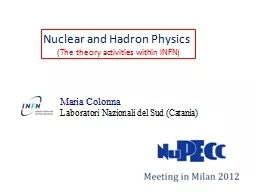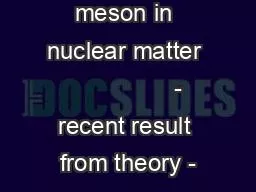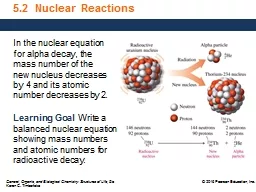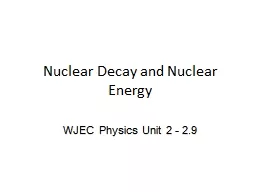PPT-An effective field theory for dense nuclear matter
Author : celsa-spraggs | Published Date : 2016-10-09
Chang Ho Hyun Panagiota Papakonstantinou Yeunhwan Lim YoungHo Song TaeSun Park 31th Reimei Workshop Tokai Japan January 18 2016 Contents Introduction Old
Presentation Embed Code
Download Presentation
Download Presentation The PPT/PDF document "An effective field theory for dense nucl..." is the property of its rightful owner. Permission is granted to download and print the materials on this website for personal, non-commercial use only, and to display it on your personal computer provided you do not modify the materials and that you retain all copyright notices contained in the materials. By downloading content from our website, you accept the terms of this agreement.
An effective field theory for dense nuclear matter: Transcript
Download Rules Of Document
"An effective field theory for dense nuclear matter"The content belongs to its owner. You may download and print it for personal use, without modification, and keep all copyright notices. By downloading, you agree to these terms.
Related Documents

